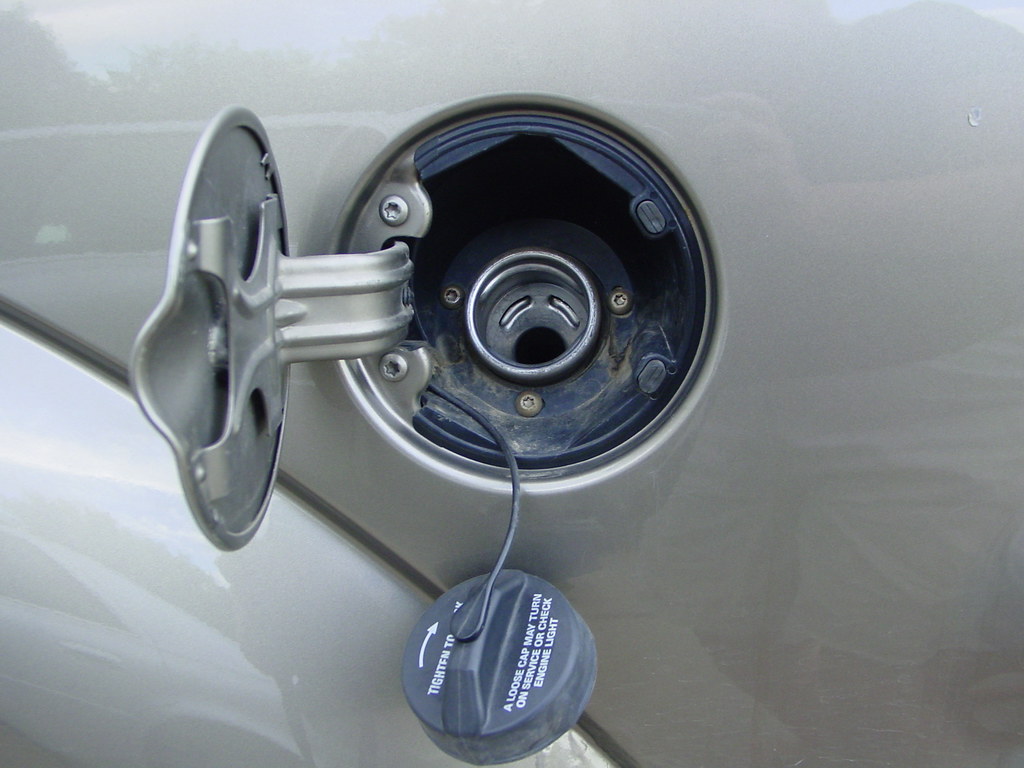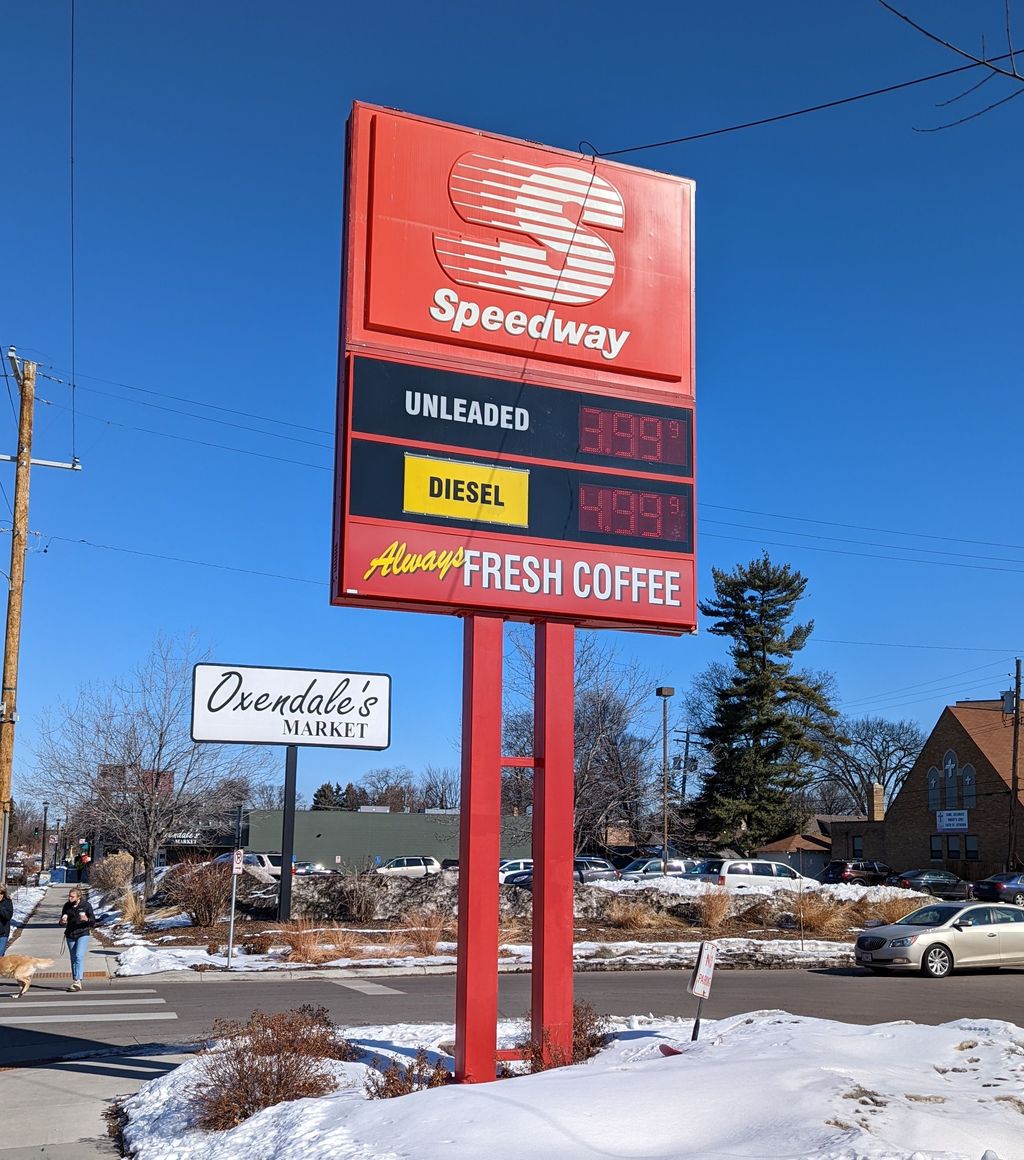
The fluctuating landscape of gas prices often leaves many drivers feeling the pinch at the pump, despite recent trends offering some much-needed relief. Today, the national average for a gallon of regular unleaded gasoline stands at $3.16, marking its lowest point since 2021, according to AAA. This fortunate dip is primarily attributed to oil supply in the market currently outweighing demand, a classic case of economic forces playing in the consumer’s favor.
However, even with these favorable conditions, the imperative to save money on fuel remains a constant for budget-conscious individuals and families. The good news is that significant savings—potentially hundreds of dollars annually—are well within reach, not just through market shifts but through deliberate choices and habits. These savings can be realized by strategically choosing where and when to fill up, how you pay, how you operate your vehicle, and how diligently you maintain it.
This comprehensive guide explores expert-backed fuel-saving tips, rewards programs, and insider strategies designed to keep more money in your pocket. By adopting a few practical strategies, you can cut costs on gasoline in small ways that consistently add up to big savings, allowing you to reallocate those funds towards other essential expenses or personal goals without sacrificing quality or convenience. Let’s dive into some of the most impactful ways to begin saving today.
1. **Skip the Premium Option**One of the simplest and most immediate ways to reduce your fuel expenditure is to re-evaluate your choice of gasoline grade. Many drivers mistakenly believe that higher-octane, or premium, gasoline offers superior performance or is somehow beneficial for their vehicle, regardless of manufacturer recommendations. However, in the vast majority of cars, premium gas is neither necessary nor does it provide any tangible benefits.
Premium gas typically carries a higher price tag, often costing an additional 20 to 40 cents per gallon more than regular-grade fuel. Over time, this incremental cost can accumulate into substantial wasted money. Unless your car’s manufacturer explicitly specifies a requirement for premium-grade fuel in your owner’s manual, opting for regular unleaded gasoline is the most financially prudent choice and will not harm your engine.
This advice is rooted in understanding how engines are designed. Most modern vehicles are engineered to run optimally on regular unleaded fuel. Using premium fuel when it’s not required simply means you’re paying extra for an octane rating that your engine cannot effectively utilize, offering no performance enhancement or increased efficiency. It’s a straightforward adjustment that can lead to immediate and consistent savings at every fill-up.
Read more about: Buyer Beware: 15 Sedans That Won’t Make it to 80,000 Miles Without Costly Repairs

2. **Leverage Gas-Saving Apps**In the digital age, technology offers powerful tools to combat high gas prices. Several free smartphone applications and websites are specifically designed to help you locate the cheapest fuel options in your vicinity, preventing the frustration of buying gas only to find a cheaper station just down the street. Utilizing these apps can significantly reduce how much you spend per gallon.
One such app, Upside, stands out by helping users earn cash back on everyday purchases, including gas. This app shows you participating local gas stations where you can beat the pump price by as much as 25 cents per gallon. Beyond fuel, Upside also offers cash back opportunities at grocery stores and popular restaurants like Domino’s, Taco Bell, Five Guys, Popeyes, and Applebee’s, expanding your savings potential.
Regular users of the Upside app can earn as much as $290 every year. The process is remarkably simple: download the app, set up a free account, and use the map to find nearby participating stores. Before you pay with your linked card, claim an offer and tap “Check In.” Earnings are deposited directly into your PayPal or bank account, or you can redeem them for gift cards from brands like Amazon and Starbucks. For new users, downloading the Upside app and using code PENNY25 can provide an extra 25 cents per gallon off your first purchase.
Beyond Upside, other popular options like GasBuddy, Waze, and Earnify™ provide real-time gas prices at stations in your area. These apps are invaluable for planning your stops, especially along routes you frequently drive for work or shopping. By checking prices in advance, you can avoid waiting until your tank is nearly empty and being forced to pay higher prices at the closest available station. Moreover, when planning longer trips, remember that gas prices can vary significantly across state lines, making these apps essential for finding the most economical stops along your journey. A general tip from these apps is to avoid gas stations located just off a highway exit or in the heart of a major city, as these locations often charge more than those slightly off the beaten path.
Read more about: Navigating the Aisle Wars: Which Grocery Stores Truly Deliver Value in 2025, Plus Smart Shopping Strategies for Every Budget
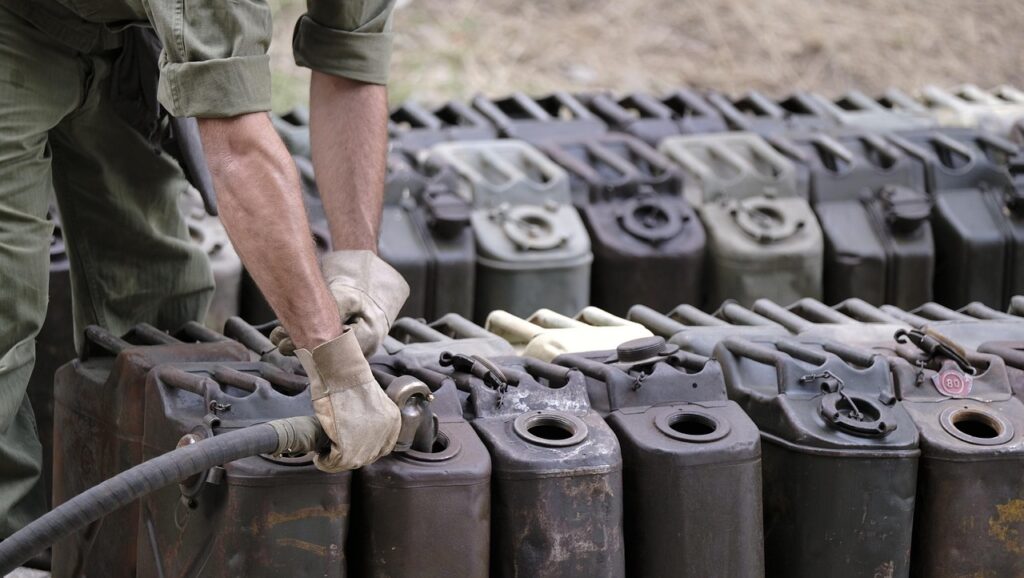
3. **Join Fuel Rewards Programs**Becoming a member of a fuel rewards program is an incredibly effective way to secure discounts on your gas purchases and foster loyalty to specific brands. Many gas station chains and grocery stores nationwide offer these programs, incentivizing customers with lower fuel prices. Each program comes with its unique set of rules regarding how much you can save and the spending thresholds required to earn rewards, making it essential to review the details carefully.
For instance, some of the top fuel reward programs for 2025 include Amazon Prime Fuel Savings, which offers Prime members a 10¢ per gallon discount at bp, Amoco, and participating ampm stations by linking their Amazon and Earnify™ accounts. Circle K’s free Inner Circle program allows members to save up to 10¢ per gallon, while Shell Fuel Rewards can yield 5¢-10¢ per gallon off when linked to select credit cards. BPme Rewards provides a 5¢ per gallon saving with a linked debit card, along with additional promotional savings. Kroger Fuel Points enable shoppers to earn points on groceries that can be redeemed for fuel discounts at Shell and Kroger gas stations.
GasBuddy, beyond its price-finding capabilities, also offers its own fuel savings program called Pay with GasBuddy. The free version allows users to save up to 25 cents per gallon at most national gas station chains. For those seeking even greater savings and additional benefits, a paid version, Pay with GasBuddy Premium, is available for $9.99 a month, offering up to 40 cents off per gallon plus 24-hour roadside assistance. It’s important to note that certain stations, such as Exxon Mobil, BJs, Costco, Sam’s Club, H-E-B, select Walmart stations, select Arco stations, and some small local gas stations, do not accept the Pay with GasBuddy card. A savvy consumer’s pro tip is to always compare different fuel rewards programs and consider stacking discounts by using a credit card that also offers gas cashback benefits.
Read more about: 12 Legendary Automotive Rivalries That Revolutionized the Roads and Fueled Innovation
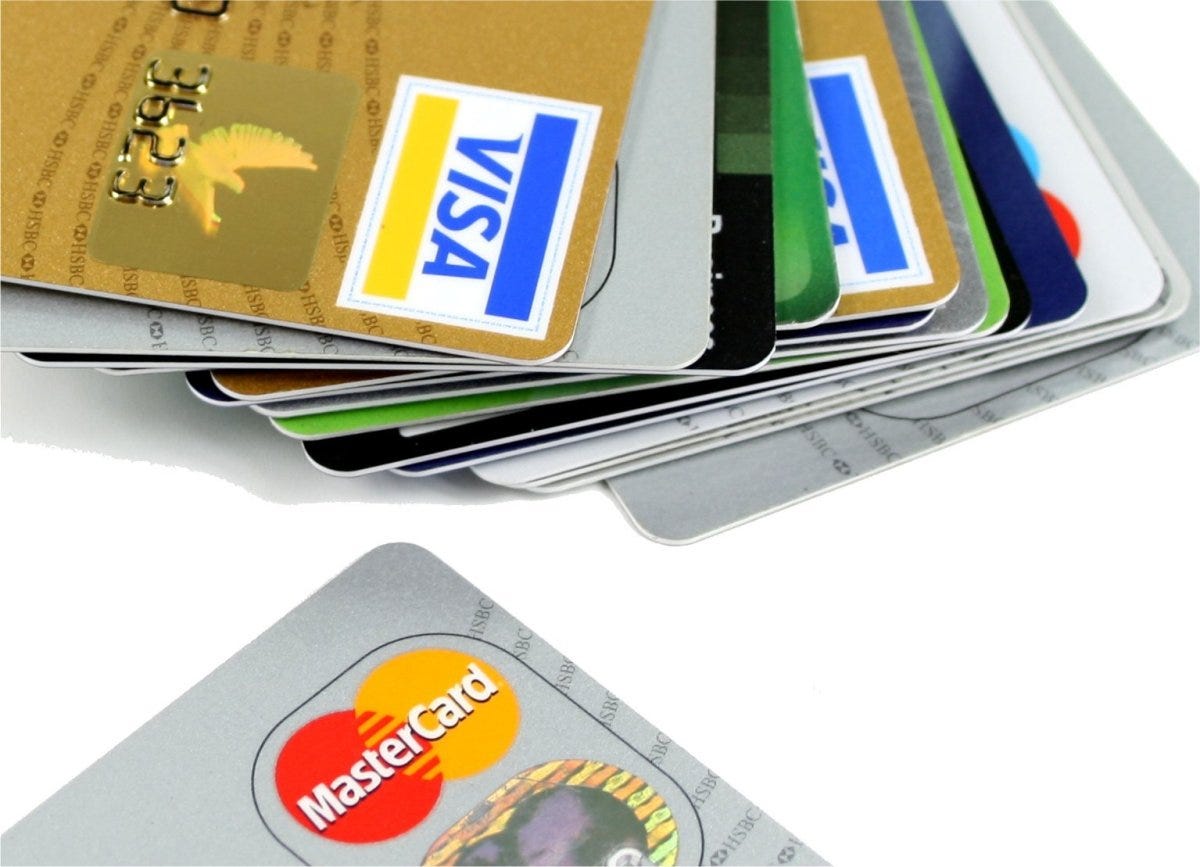
4. **Utilize Gas Cashback Credit Cards**For those already utilizing credit cards, not leveraging a gas rewards credit card means you could be missing out on significant savings. Many credit cards are specifically designed to offer cash back or rewards points on fuel purchases, effectively reducing the net cost of your gasoline. By choosing the right card, you can earn a percentage of your spending back, directly impacting your budget.
Some of the best gas credit cards available in 2025 offer impressive cashback rates, with some going as high as 5% on fuel purchases. For example, the Citi Custom Cash Card allows users to earn 5% cashback on their highest spending category each month, which can include gas. The Blue Cash Preferred Card from AmEx offers 3% cashback on gas and transit expenses, providing consistent savings for commuters. Discover It Chrome automatically earns 2% cashback at gas stations and restaurants, while the Chase Freedom Flex often features rotating 5% cashback categories that frequently include gas stations.
Before opening a new rewards credit card, it’s crucial to understand its terms and conditions. The key to maximizing these benefits and ensuring genuine savings is to pay off your fuel charges in full each month. This strategy prevents interest payments from eroding any cashback or rewards you’ve earned, ensuring that the savings are truly net positive. For those who prefer not to open a new credit card, it’s still worthwhile to check with your existing bank, as many financial institutions offer extra rewards or bonus points for fuel purchases on their current debit or credit cards.
Read more about: 13 Essential Life Hacks for US Online Casino Players in 2025: Maximize Your Wins & Experience

5. **Opt for Cash Payments at the Pump**While credit cards offer rewards, some gas stations present a different incentive for cash payments: a lower price per gallon. This practice stems from the desire of station owners to avoid the processing fees associated with credit card transactions. These fees, which credit card companies charge retailers for each transaction, can add up, and by offering a cash discount, stations can pass a portion of those savings directly to you.
The difference between cash and card prices can vary, but it’s often noticeable enough to warrant considering this payment method. For instance, if a station charges a few cents less per gallon for cash, these savings can quickly accumulate, particularly for drivers who fill up frequently or have larger fuel tanks. It’s a simple, tangible way to immediately reduce your cost at the pump without relying on apps or rewards programs.
It’s worth noting that while some gas stations extend this cash price benefit to customers paying with a debit card, others do not, making it essential to clarify their policy before you swipe. To ensure you receive the cash discount, it’s always best to inquire at the pump or inside the station before you begin fueling. Simply using cash when it’s time to fill up can be a straightforward strategy to consistently pay less for your gas.
Read more about: The 12 Sneaky Bank Fees Draining Your Account (and How Savvy Savers Avoid Them)
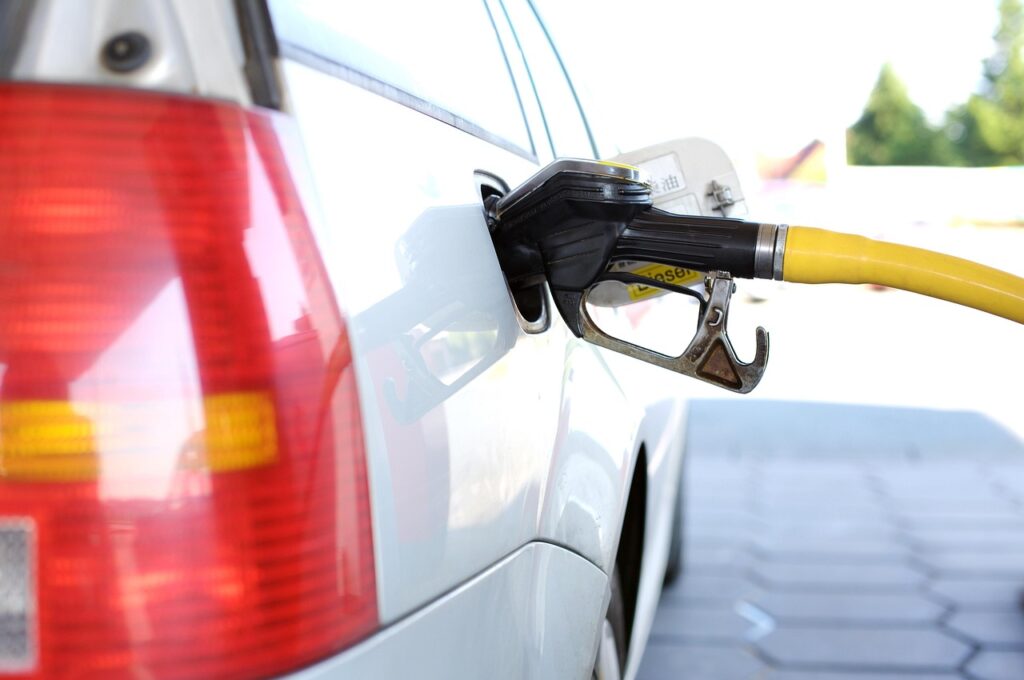
6. **Strategically Choose Fill-Up Times and Locations**Beyond payment methods and reward programs, when and where you decide to fill your tank can significantly impact the price you pay for gasoline. Gas prices are dynamic and can fluctuate not only by location but also by day of the week, making strategic planning a powerful tool for savings. Leveraging available data and common sense can help you secure the best deals consistently.
According to an analysis conducted by GasBuddy, gas prices tend to be at their lowest on specific days of the week. Drivers looking to buy cheap gas should aim to fill their tanks on Mondays and Fridays. Conversely, prices tend to be most expensive on Wednesdays, Thursdays, and Saturdays. Adjusting your fueling schedule to align with these trends can provide consistent, albeit small, savings over time that accumulate into a larger annual total.
Location also plays a crucial role in gas pricing. As highlighted previously, gas stations situated just off a major highway exit or in the congested heart of a major city typically charge more for fuel due to convenience and demand. To find more economical options, it’s often beneficial to venture a little more out of the way, even a few blocks, to find stations that don’t command a premium for their location. Planning your routes for work, shopping, or trips with a keen eye on these pricing patterns can prevent you from being forced to buy gas wherever is closest, especially when your tank is near empty.
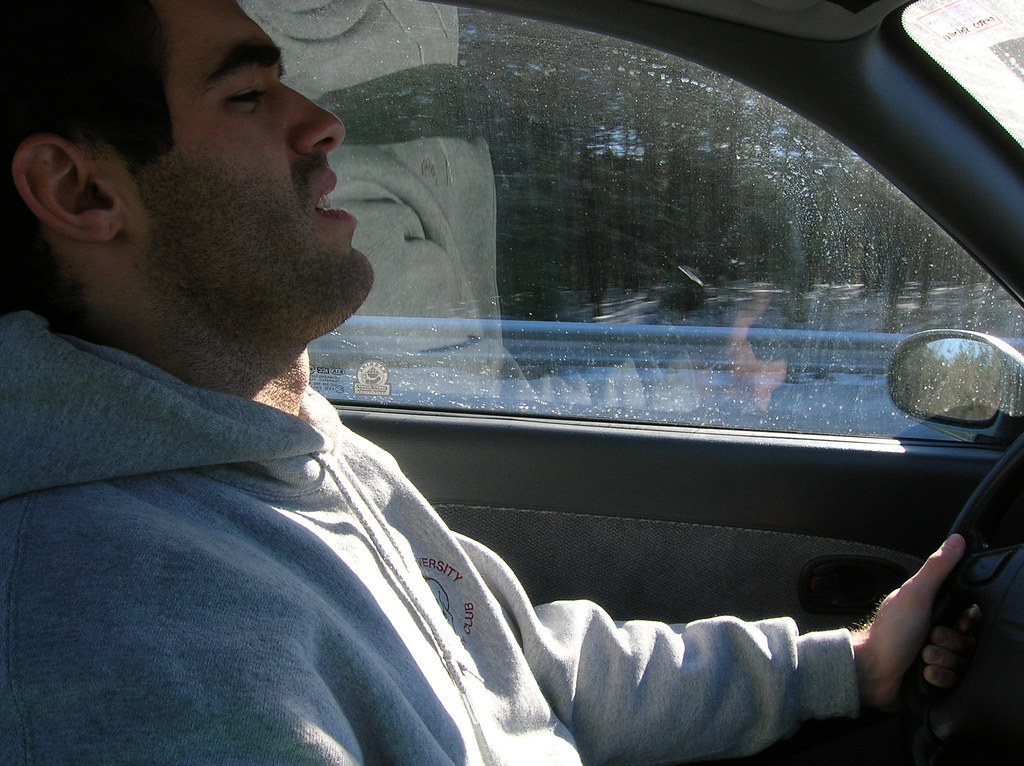
7. **Adopt Smooth Driving Habits**Your personal driving style has a profound impact on your vehicle’s fuel consumption, often more than many realize. Aggressive driving behaviors such as rapid acceleration and hard braking can significantly diminish your gas mileage, making your engine work harder and consume more fuel than necessary. By adopting a smoother, more controlled approach to driving, you can noticeably increase your fuel efficiency and extend the life of your gas tank.
One of the most effective fuel-saving driving tips is to avoid aggressive acceleration and braking. Instead of pressing the accelerator quickly from a standstill, smoothly press it to gradually get up to speed. Similarly, anticipate stops by looking ahead for traffic lights and stop signs. Ease off the gas early, allowing your car to coast to a stop rather than braking sharply at the last minute. This minimizes wasted momentum, which translates directly into less fuel burned and can lower gas mileage by up to 33% on highways when driving aggressively.
Maintaining a consistent speed, especially on highways, is another key to efficiency. Utilizing cruise control in these scenarios can help you maintain a steady speed and avoid unnecessary acceleration and deceleration, which is often more fuel-efficient than manually adjusting your speed. However, it’s important to use cruise control judiciously; on hilly terrain, the system may tend to downshift too frequently and waste gas, making manual control a better option. Generally, being gentle on the pedal, looking ahead for turns and stops, and allowing your car to glide more can significantly improve your mileage, helping you save money on every journey.
### Critical Vehicle Maintenance, Advanced Trip Optimization, and Long-Term Savings
Beyond the immediate savings strategies and foundational driving habits, a deeper dive into vehicle maintenance, advanced trip planning, and significant lifestyle adjustments can unlock substantial annual savings on gasoline. These practices ensure your vehicle operates at peak efficiency, that your journeys are optimized, and that your overall driving patterns contribute to a healthier budget.
Read more about: 14 Desktop Computers That Gather Dust: Why Modern Consumers Are Ignoring These Tech Icons.
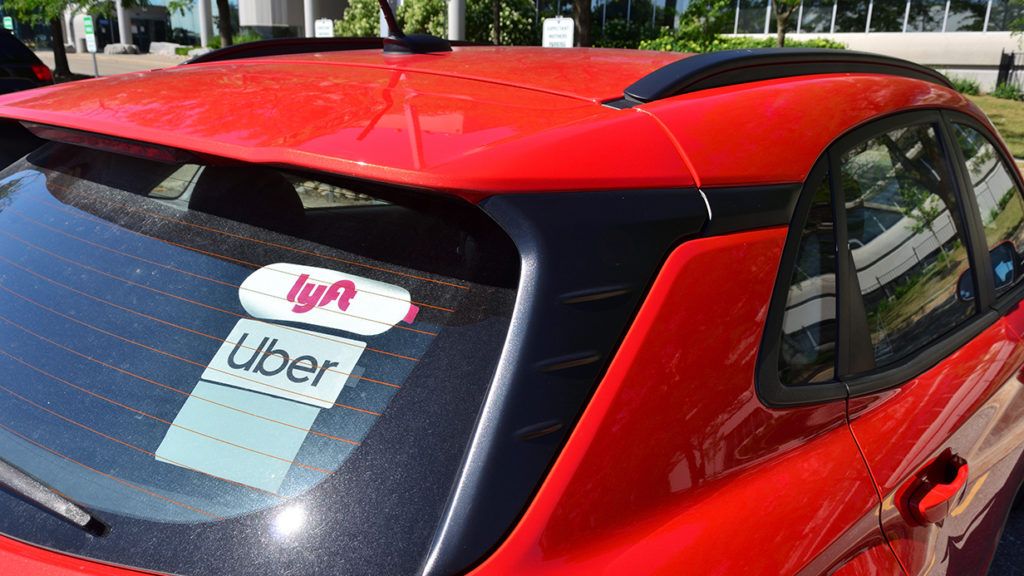
8. **Share Rides**The concept of ride-sharing, or carpooling, offers a direct and highly effective method for significantly reducing your individual fuel consumption and overall driving costs. By coordinating with others to share a ride, you immediately cut down on the number of trips your personal vehicle makes, directly translating into less gasoline burned and fewer expenses at the pump. This collaborative strategy not only benefits your personal wallet but also contributes positively to broader societal goals, such as reduced traffic congestion, decreased wear and tear on public infrastructure, and a smaller carbon footprint, aligning with both personal financial goals and broader environmental concerns.
Practical application of ride-sharing can be seamlessly integrated into many aspects of daily life. For instance, if you reside in proximity to co-workers and share similar work schedules, organizing a carpool where you take turns driving each week can drastically reduce everyone’s individual weekly mileage and associated fuel costs. Similarly, parents can establish robust carpools with neighbors or friends for school or various extracurricular activities, effectively swapping driving duties among the group to distribute the burden and multiply the savings.
In the modern digital age, technology has made organizing and participating in carpools even more accessible and efficient. Numerous free smartphone applications and dedicated websites are specifically designed to connect individuals seeking to share commutes or rides for specific events. These platforms streamline the entire process, helping you find reliable partners, manage complex schedules, and even split costs equitably, ensuring that you can easily tap into a network of potential ride-sharers for regular trips.
Beyond the direct and obvious fuel savings, ride-sharing offers a host of additional perks. These can include reducing the cumulative wear and tear on your personal vehicle, which extends its lifespan and defers maintenance costs, and potentially alleviating the financial burden of parking fees, especially in urban areas. The cumulative effect of driving less, even if it’s just a few days a week, can lead to substantial annual savings, making this a smart and sustainable choice for any driver looking to economize on gasoline without sacrificing essential travel.
Read more about: Beyond the Hype: 10 Investing Missteps Beginners Regret Most — And How to Build Real Wealth Instead.
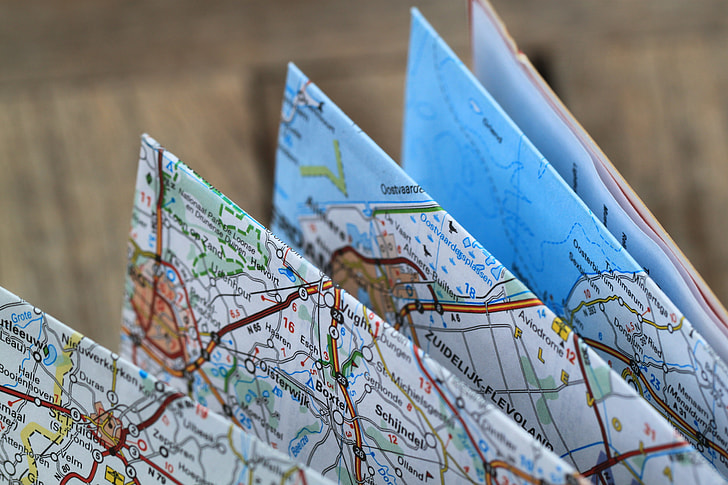
9. **Plan Routes**Strategic route planning is a powerful tool against high fuel costs, often overlooked by drivers who embark on journeys without optimizing their path. Unplanned trips can lead to unnecessary miles, increased idle time, and ultimately, greater fuel expenditure. By taking a proactive approach to mapping out your drives, you can minimize distance, avoid traffic hotspots, and ensure every trip is as fuel-efficient as possible.
Consolidate your regular errands and shopping trips. Instead of making individual excursions throughout the week, combine multiple tasks into one comprehensive outing. For example, if the grocery store is conveniently located near your workplace, opt to do your shopping immediately after work rather than making a separate trip on the weekend. This simple adjustment reduces “cold starts”—where a cold engine uses more fuel—and condenses overall travel time and distance.
The cumulative effect of these small adjustments can be surprisingly impactful. Cutting just a few miles from your driving routine several times each week, whether through carefully combined errands or intelligently optimized routes, can surprisingly add up to saving a full tank or even two of gas over a given period. This translates directly into more money staying securely in your pocket and fewer frustrating stops at the gas station.
Utilizing modern navigation applications can further enhance your route planning efforts to an exceptional degree. Many of these sophisticated tools offer advanced features that help identify the most fuel-efficient routes, dynamically taking into account current traffic conditions and optimal road networks. By leveraging these cutting-edge digital resources, you can consistently choose paths that prioritize efficiency, ensuring you reach your destination while consuming the absolute least amount of fuel possible.
Read more about: New Tesla Recall: Model 3 and Y Rollaway Risk Due to Software Glitch – An In-Depth Look at Tesla’s Evolving Vehicle Landscape

10. **Reduce Your Idle Time**Idling your car, whether waiting in a long drive-thru line, picking up passengers, or simply sitting in traffic, actively consumes fuel without propelling your vehicle forward. This habit not only wastes precious gasoline but also contributes unnecessarily to air pollution, making it an inefficient and environmentally unfavorable practice that many drivers overlook. Understanding and actively minimizing your idle time is a key, yet simple, strategy for significantly improving your overall fuel economy and reducing your annual gas expenses.
A common scenario involves starting your car and then spending several minutes fiddling with the navigation system, adjusting the radio, or waiting for everyone to get comfortably seated before finally setting off. This initial period of inactivity, with the engine running, is purely consumptive. A crucial piece of advice for immediate savings is to ensure you are fully prepared to depart before turning the ignition, eliminating unnecessary engine operation prior to movement.
Beyond the initial warm-up phase, extended periods of idling, such as waiting at a lengthy train crossing, sitting in a prolonged school pick-up line, or even holding steady in gridlocked traffic, represent prime opportunities for fuel conservation. As a general guideline, if you anticipate being stopped for more than 10 seconds, it is typically more fuel-efficient to switch off your engine and restart it when you are ready to resume motion. Modern vehicles are engineered with robust starters and batteries to accommodate frequent starts and stops.
By consciously adopting the habit of reducing idle time, you are implementing a practical and immediate change that directly impacts your fuel consumption. This mindful approach to starting and stopping your engine, coupled with preparedness before setting off, ensures that your car is only burning fuel when it is actively contributing to your journey, leading to tangible savings over time and a reduced environmental footprint for every trip you make.
Read more about: Beyond the Bling: 9 Frugal Habits Millionaires Embrace to Build and Sustain True Wealth
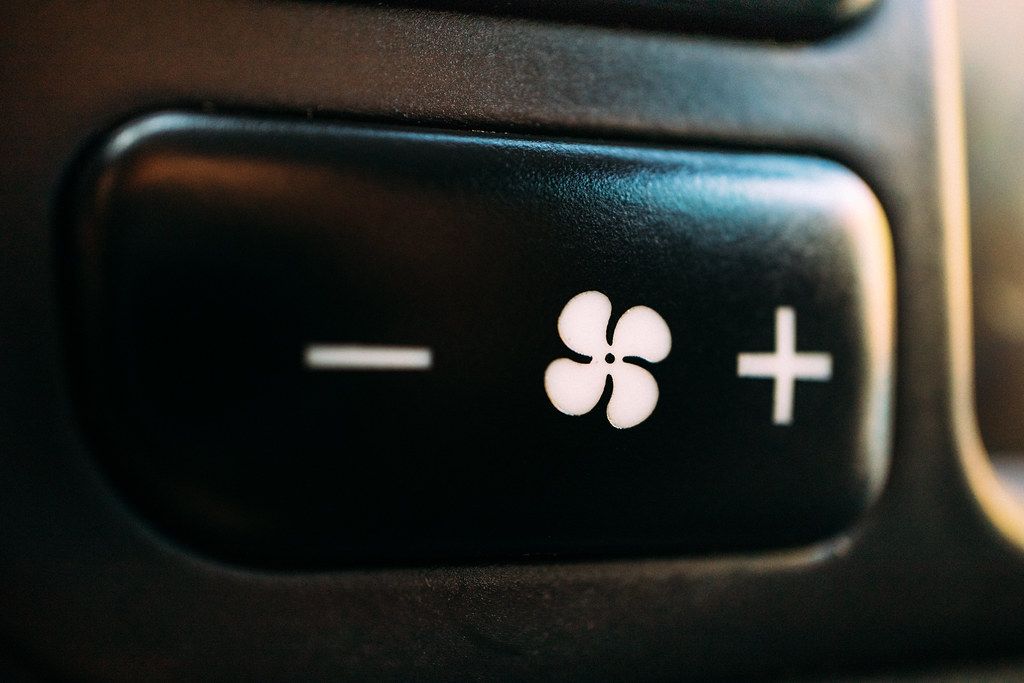
11. **Reduce the Use of Your Heater and Air Conditioning**The comfort systems in your vehicle—specifically the heater in winter and the air conditioner in summer—provide significant relief from extreme temperatures but come at a direct cost to your fuel economy. Blasting either the heat or the A/C forces your engine to work harder, as these systems draw power directly from the engine to operate. This additional strain leads to increased fuel consumption, making mindful use of these features a significant factor in your overall fuel efficiency and annual savings at the pump.
There’s an ongoing, albeit still inconclusive, debate regarding whether using air conditioning or rolling down the windows contributes more to increased fuel consumption. The complexity arises because while the A/C system demands engine power, driving with open windows creates aerodynamic drag. This resistance makes your vehicle less efficient by requiring more energy to push through the air, ultimately increasing the fuel needed to maintain speed.
Practical guidance derived from automotive efficiency studies suggests different approaches depending on your driving speed. For urban driving at low speeds, typically under 30 miles per hour, rolling down your car windows to cool down may be the more fuel-efficient option, as the drag created is minimal. At these speeds, the energy saved by not running the A/C can be substantial, providing a cost-effective cooling method.
However, once you reach higher speeds, particularly on the highway where aerodynamic forces become much more pronounced, the drag from open windows becomes significant. In these scenarios, you might actually be better off with the air conditioner on and the windows up. This setup optimizes for smoother airflow around the vehicle, reducing overall resistance and potentially consuming less fuel than battling the drag of open windows.
Read more about: Simple, Smart, and Sustainable: A Good Housekeeping Guide to Cutting Your Home’s Energy Bills
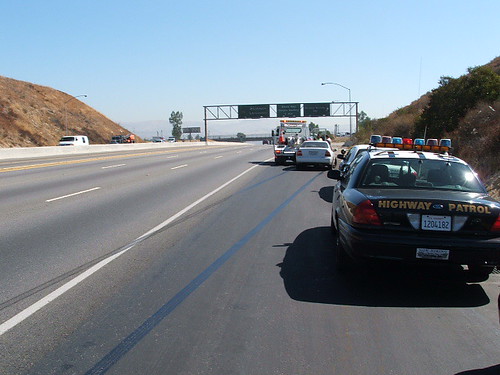
12. **Slow Down**While many modern vehicles are engineered for performance at varying speeds, the simple act of moderating your pace can yield surprising and consistent benefits for your fuel economy. The fundamental principle at play is aerodynamic resistance: the faster you drive, the greater the wind resistance your vehicle encounters, forcing the engine to expend more energy to maintain speed. This escalating force demands more power from your engine, directly translating into increased fuel consumption and reduced efficiency.
It’s important to recognize that for the vast majority of vehicles, there exists an optimal speed range for fuel efficiency. This sweet spot is typically found when driving between 50-60 mph (80-97 km/h). Beyond this range, fuel economy tends to decrease significantly as the engine works progressively harder to overcome the rapidly increasing forces of air resistance. This critical trade-off between speed and efficiency is a factor all drivers should keenly consider for maximum savings.
Adhering to posted speed limits, or even consciously choosing to drive slightly below them, can offer tangible savings that extend beyond merely avoiding a speeding ticket. By deliberately moderating your speed, especially on long stretches of highway, you directly reduce the strain on your engine and minimize unnecessary fuel consumption. This deliberate adjustment in driving behavior is a consistent, no-cost strategy that contributes directly to extending the range of each tank of gas and keeping more money in your wallet over the course of a year.
Read more about: Buyer’s Remorse in Every Sip: 15 Craft Beer Tasting Pitfalls Connoisseurs Wish They Could Undo

13. **Get a Flex Job**For countless individuals, the daily commute stands as the single largest and most consistent component of their annual fuel expenditure. Consequently, the act of eliminating or substantially reducing this routine journey represents arguably the most impactful long-term strategy available for achieving significant savings at the gas pump. In today’s dynamic job market, embracing flexible work arrangements, particularly those offering remote or hybrid options, presents an unprecedented opportunity to fundamentally achieve this goal.
A flex job, whether a fully remote position or one with a hybrid schedule, directly tackles the core issue of commute-related fuel consumption. By removing the necessity of traveling to a physical office every single day, you immediately cut out a substantial portion of your typical driving mileage. This benefit extends far beyond just saving on gas; it also significantly reduces wear and tear on your personal vehicle, potentially lowers parking costs, and most importantly, frees up invaluable time that would otherwise be spent in transit, effectively converting commuting stress into personal convenience and tangible financial gain.
The landscape of work-from-home opportunities has undergone a rapid and profound expansion in recent years, with a diverse array of industries now offering roles that can be performed entirely remotely or on a flexible hybrid schedule. This shift means that whether you are actively seeking a new professional position or exploring options for greater flexibility within your current career, specifically targeting gigs that allow remote work can fundamentally alter your daily driving patterns and, by extension, dramatically improve your annual fuel budget.
For those in the market for a new gig, prioritizing roles that minimize or entirely eliminate the daily commute is a highly strategic move for fostering long-term financial health and improved work-life balance. The increasing availability of vetted work-from-home jobs, some of which are accessible even to candidates with limited prior experience, makes this a viable and increasingly accessible option for a broad spectrum of job seekers, ensuring you spend less money on getting to work and more on what truly matters to you.
Read more about: Trouble on the Tarmac: Six Convertibles Reviewers Wish They Never Drove Off the Lot – Unpacking What Makes a Drop-Top Truly Dreadful
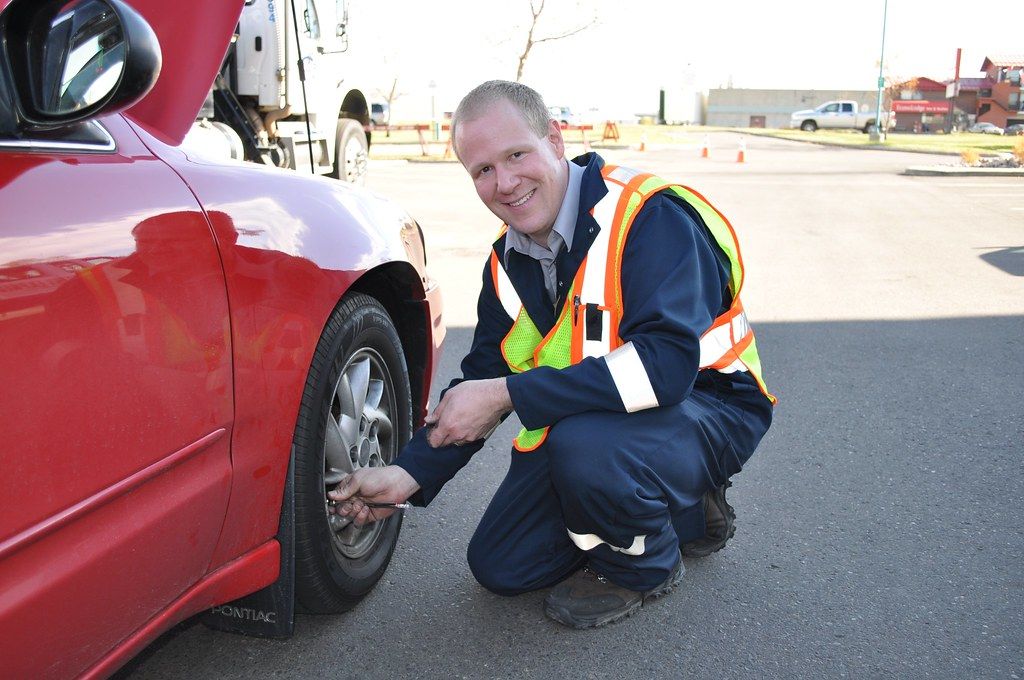
14. **Check Tire Pressure**Maintaining proper tire pressure is unequivocally one of the most fundamental, yet consistently overlooked, aspects of vehicle maintenance that holds a direct and measurable impact on your vehicle’s fuel efficiency. When tires are underinflated, their contact patch with the road increases, leading to greater rolling resistance. This means your engine has to exert more effort and consume more power to move the car forward, initiating a subtle but persistent drain on your wallet at every single mile driven.
The financial cost of neglecting optimal tire pressure can accumulate far more quickly than many drivers realize. According to authoritative data from the U.S. Department of Energy, consistently operating with underinflated tires can lower your gas mileage and result in a loss of approximately 2 cents per gallon. While this might appear to be a negligible amount on a single fill-up, these incremental losses add up significantly over weeks, months, and years, stealthily eroding your potential savings without you even recognizing the underlying cause.
Identifying the correct tire pressure for your specific vehicle is a straightforward process, requiring minimal effort. You can easily locate the manufacturer’s recommended PSI (pounds per square inch) on a dedicated sticker typically situated inside the driver’s side door jamb, within the glove box compartment, or clearly outlined in your car’s owner’s manual. This figure is crucial because it represents the optimal pressure for safety, performance, and fuel economy tailored to your vehicle’s design.
It is absolutely crucial to check your tire pressure regularly, ideally at least once a month, as tire pressure naturally fluctuates with changes in ambient temperature and tires slowly lose air over time. For the most accurate readings, it is essential to check your tires when they are “cold.” This means they haven’t been driven on for at least three hours, ensuring that the friction-generated heat from driving hasn’t temporarily inflated the tires and skewed the measurement.
Read more about: The S.M.A.R.T. Goal Revolution: Ditching the Vague and Embracing Clarity for Unstoppable Success – What You’re Missing
The journey to significant fuel savings is multifaceted, woven into the fabric of daily driving habits, diligent vehicle care, and mindful long-term planning. Each tip, from the way you accelerate to the pressure in your tires, contributes to a larger picture of efficiency and economy. As you integrate these expert-backed strategies into your routine, you’ll not only see a noticeable reduction in your gas expenses but also cultivate a more sustainable and cost-effective approach to driving. Imagine reallocating those hundreds of dollars saved each year towards personal goals, family experiences, or simply enjoying the financial freedom that comes with smarter spending. It’s time to take control at the pump and drive your savings forward.

